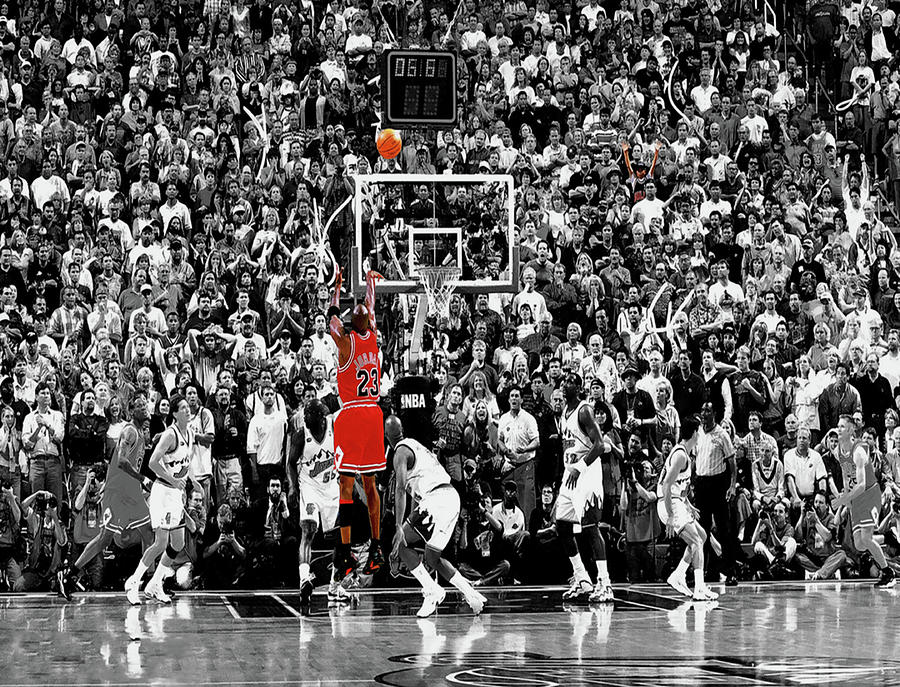



Of course, it wasn’t long before lawyers got involved. Who could have possibly thought that Pepsi was legitimately trying to give away a military-grade fighter plane? And director Andrew Renzi smartly assembles the major players on both sides, including the designers of the ad campaign and the executives who clearly still harbor some resentment over how a kid in Seattle ended up putting them in law books around the world. He contacted a wealthy buddy named Todd Hoffman to see if he could help finance and facilitate the project, which turned a corner when Leonard noticed in the fine print of a Pepsi Points catalog that points could be directly purchased, and the cost of seven million points didn’t come close to the actual value of a Harrier Jet.Īt first, Pepsi thought Leonard & Hoffman were kidding. Pepsi would try to add one later and try to up the amount to a more unreasonable number, but it wasn’t there when Leonard saw it and wondered if he could actually get that many points. In the commercial, a teen who reminded Leonard of himself shows off products earned with Pepsi Points before getting into a Harrier Jet on his front lawn above a caption that claims that this flying machine is available for seven million points. The confidence of Pepsi’s advertising spoke to Leonard, and so he loved the idea of the “Pepsi Stuff” campaign, but he was most captivated by the final shot of the commercial announcing it. John Leonard was in college in 1996, trying to figure out what he wanted to do with his life. If no one holds an advertisement to its word, it has no value. The entertaining, four-part Netflix mini-series “Pepsi, Where’s My Jet?” not only playfully unpacks the details of what went wrong but digs deeper to get at the core of why false advertising matters. And Pepsi launched it with an ad that, well, got them into some serious trouble. It was an early version of the prevalent rewards systems provided by so many companies today from Starbucks to Chipotle. Pepsi tapped into the “TRL” Generation, and they upped that dominance of the youth market in 1996 with a campaign called “Pepsi Stuff,” wherein drinkers could turn their caffeine addiction into actual products. Coke commercials had animated bears Pepsi had Cindy Crawford. While Pepsi always trailed Coca-Cola when it came to market share, they were undeniably ahead when it came to what young people thought was cool. They shaped trends, fashion, and even vocabulary, sometimes even defining what people considered cool. Yes, young readers, in the days before DVRs and streaming, ads made a real impact not only to the bottom line of shareholders but to actual pop culture.
#FINALSHOT .COM TV#
There was a time when traditional TV advertising simply meant more than it does now.


 0 kommentar(er)
0 kommentar(er)
